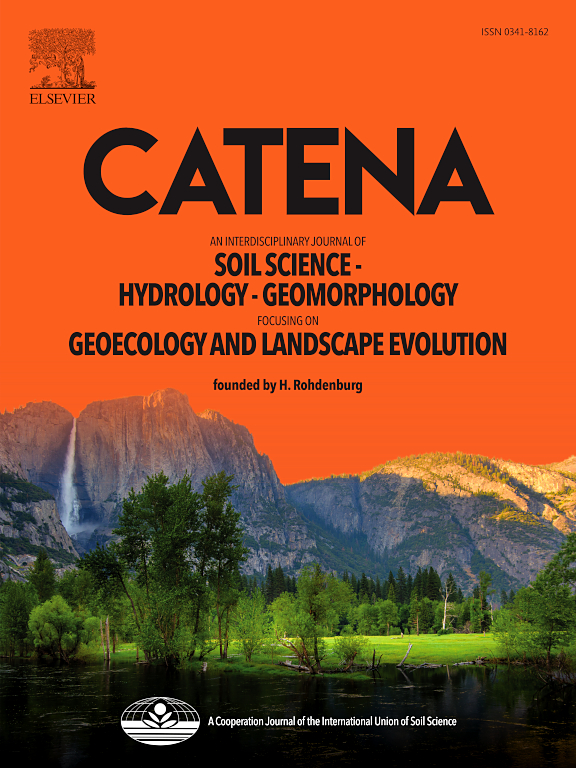伊比利亚半岛西北部引发山体滑坡的经验降雨阈值:最新技术
IF 5.4
1区 农林科学
Q1 GEOSCIENCES, MULTIDISCIPLINARY
引用次数: 0
摘要
本文章由计算机程序翻译,如有差异,请以英文原文为准。
Empirical rainfall thresholds for the triggering of landslides in the NW of the Iberian Peninsula: A state of the art
In this study, we provide a comprehensive review focused on the NW of the Iberian Peninsula identifying a great amount of research works, including 85 empirical rainfall thresholds for the triggering of landslides, some unpublished to date. While the compiled works provide valuable descriptive insights, the thresholds currently have limited predictive capability. The variety of data and approaches used by different authors complicates the comparison of the results and hinders the development of a global understanding of the study area. However, the statistical comparison of four critical accumulated precipitation-duration datasets for the triggering of landslide events from Gipuzkoa, Cantabria, and Asturias in Spain and the N of Portugal highlights a notable similarity in the critical conditions for rainfall-triggered landslides with durations in the range of 3–12 days. Despite the variety of statistical approaches applied, the unexpected similarity aligns with the homogeneous climatic and orographic characteristics across NW Iberia.
求助全文
通过发布文献求助,成功后即可免费获取论文全文。
去求助
来源期刊

Catena
环境科学-地球科学综合
CiteScore
10.50
自引率
9.70%
发文量
816
审稿时长
54 days
期刊介绍:
Catena publishes papers describing original field and laboratory investigations and reviews on geoecology and landscape evolution with emphasis on interdisciplinary aspects of soil science, hydrology and geomorphology. It aims to disseminate new knowledge and foster better understanding of the physical environment, of evolutionary sequences that have resulted in past and current landscapes, and of the natural processes that are likely to determine the fate of our terrestrial environment.
Papers within any one of the above topics are welcome provided they are of sufficiently wide interest and relevance.
 求助内容:
求助内容: 应助结果提醒方式:
应助结果提醒方式:


